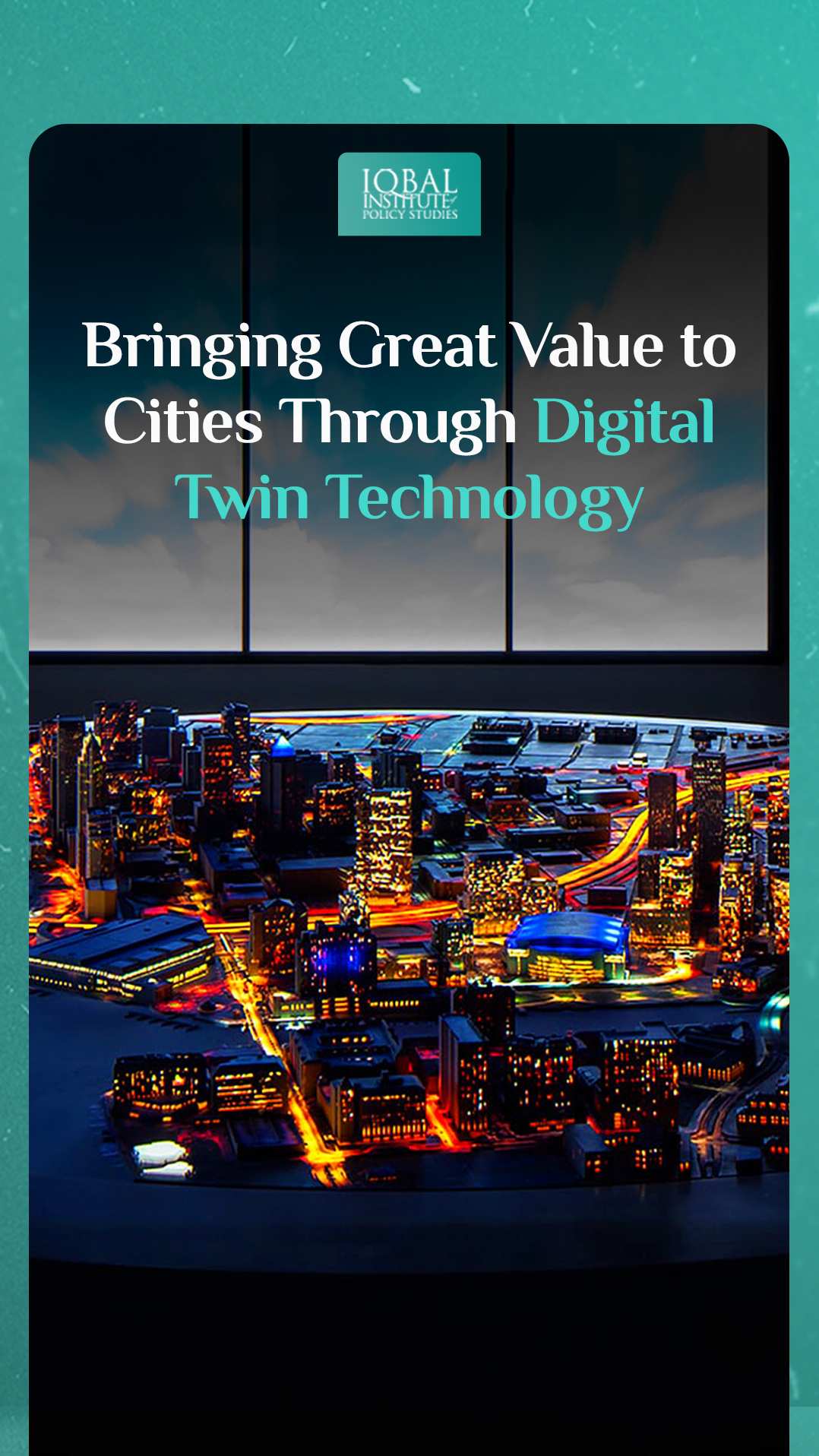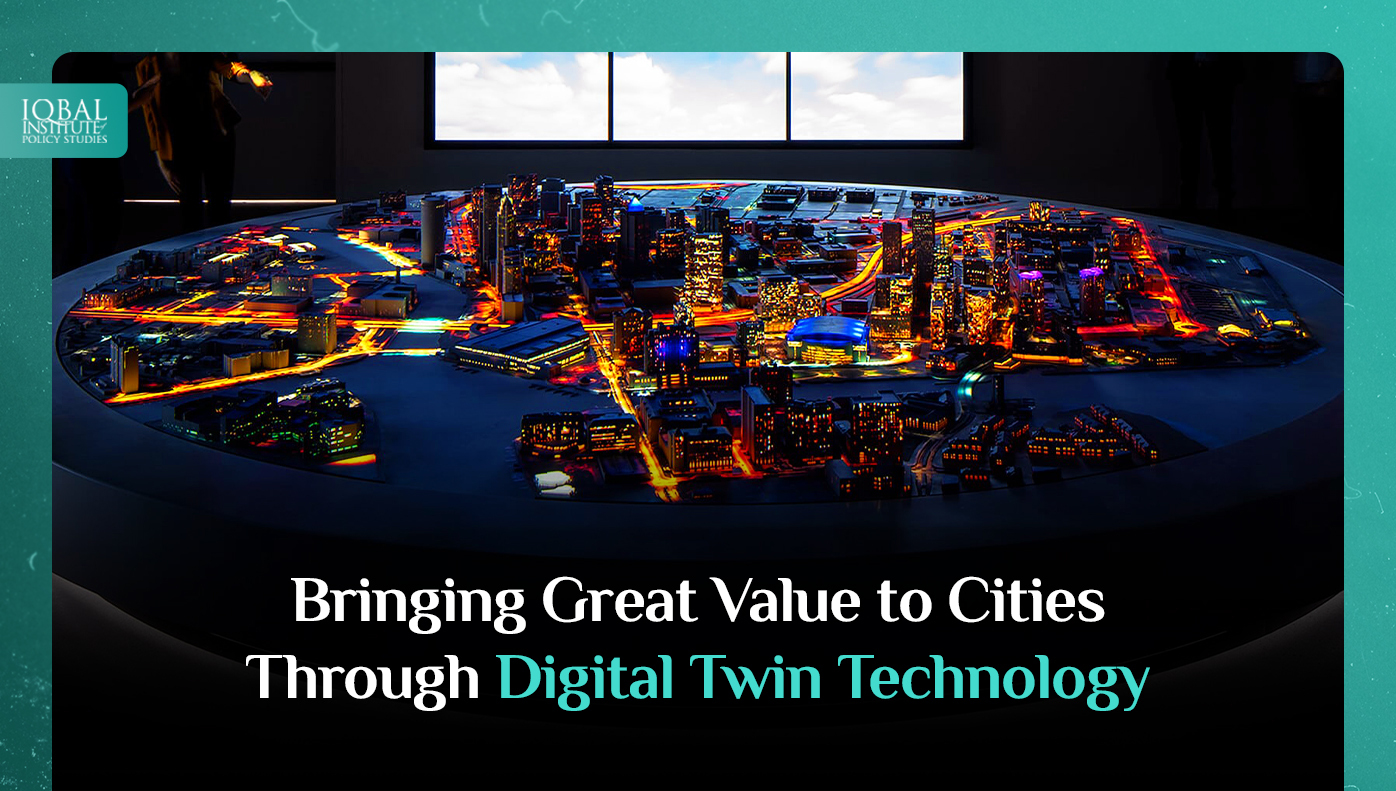Cities are core drivers of the socioeconomic development of a country. They serve as innovation centres where ideas are formed from which economic growth largely stems. Despite so much importance, cities face several challenges in meeting their urban masses’ housing, infrastructure, transport and energy requirements. However, to overcome these challenges, there is a need to develop new ideas and methods to solve these issues. In this context, urban transformation and sustainable development through digital solutions are creating hype and proving helpful in reshaping and optimising urban planning and operations. For urban transformation, digital twin technology is becoming a new way of thinking and an advanced form of technological power.
Digital twin technology creates a bridge between reality and virtuality for cities and an interface for human-computer interaction. It helps realise accurate digital modelling of the physical world, efficiently present massive dynamic information about the city, and counter-control the behaviour of the physical world by the resolutions generated by data analysis. It also helps cities reduce costs and increase innovation. Digital twin technologies could optimise resource allocation and perform intelligent analysis of key actions in the production cycle, such as resource allocation and product processing and circulation. By 2024, more than 25% of new IoT business applications will be bundled with digital twin capabilities (WEF, 2022). Digital twin technologies could reduce the cost of urban innovation, and the digital twin city model could also be used as a cloud service for enterprises and citizens to improve urban innovation.
In Pakistan, cities act as engines for the country’s economic growth. However, they need proper planning and essential components for developing inclusive, socially vibrant, disaster-resilient, and climate-smart communities. Due to these issues, cities have become the epicentres of polluted air and water, with disappearing footpaths, parks, graveyards and open public spaces. In this regard, digital twin technology can significantly improve residents’ quality of life and enhance the inclusiveness of cities. It enhances citizens’ sense of happiness through the integration of the virtual and real world, as well as by integrating multiple possible scenarios, like digital twin hospitals, classrooms and nursing homes, which can provide full-range, full-time, customised services and follow-up services for individuals, thus optimising their experience. This technology also helps improve the safety and reliability of city operations.
Digital twin cities could test the function of assets and equipment through simulation to predict failures and avoid risks, which is conducive to residents’ safety. It also provides virtual and 3D spaces for all age groups, allowing the general public to enjoy these services and share in the digital dividends. Digital twin technology helps to optimise the ecological environment and improve the resilience of cities. It can also lower energy costs. As in Germany, a virtual power plant project in an industrial park can reduce 630 tons of CO2 emissions per year and the park’s total energy cost by 4.2% (WEF, 2022). Moreover, the technology helps optimise the ecological layout of cities. Through digital twin technologies, experts or city managers can compare and evaluate multiple urban planning programmes or strategies through virtual simulation, perform real-time calculations of ecological indicators and select the optimal scheme for their situation.



Leave a Reply